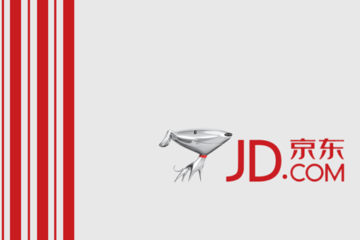A Quick Explanation of What Inverters Do In a Solar Power System

When you install solar panels on your home, business, or another property, you’re creating a solar power system. A solar power system is made up of many different components — most importantly, the solar panels and the inverter. An inverter is an essential piece of a solar power system because it is what enables your home or business to use the solar energy as efficiently and conveniently as possible.
The inverter converts the direct current (DC) output from your solar panels into alternating current (AC) that can be used for anything from lights to laundry machines in your home — or any other appliances or electronics on your property that you want to run with solar energy instead of traditional utility company electricity.
Here’s a quick explanation of what inverters do in a solar power system:
What Do Inverters in Solar Power Systems Do?
The main function of an inverter in a solar power system is to convert the DC power output from your solar panels into AC power which is the type of electricity that your home or business uses. This is necessary because while solar panels work using direct current (DC), most of the appliances and electronics we use every day require alternating current (AC).
Without a solar inverter, it would be impossible to use the solar power your panels are generating on a daily basis. However, there are many other important functions that inverters perform in a solar power system.
There are many types of inverters, one variant being the Hybrid Inverter. These are used to push any excess energy generated during the day into the attached battery storage. This can then be used to boost the available energy when needed
The battery systems used with the hybrid inverters are normally one of the the latest generation lithium phosphate LiFePo4 versions, which now last up to 6000 cycles.
By Monitoring and regulating solar power generation to maximize efficiency – Inverters also play a crucial role in regulating the amount of power being generated by the solar panels.
Providing power when there’s insufficient sunlight – One of the biggest misconceptions about solar power is that it only works when the sun is shining. Of course, solar panels in general work most efficiently when there are strong and direct rays of sunlight hitting them, but they can also create some power when there is partial sun or when the sun is behind clouds.
How Much Do Inverters Cost?
Solar Power Inverters come in a wide range of prices depending on the quality and size of the unit. You can expect to spend anywhere from £100 to £10,000 on an inverter for your solar power system. With that being said, the majority of inverters for residential solar power systems fall in the £250-£3,000 range.
If you are going with a solar power system, it’s important to remember that you’ll need to purchase an inverter in addition to your solar panels. Inverters are not included in the cost of solar panels, so you’ll have to add them to your overall solar power system cost.
How to Select an Inverter for Your Solar System
When selecting an inverter for your solar power system, there are a few key details that you’ll need to consider before making a final decision.
Here are a few things to think about before purchasing an inverter:
Amperage – Amperage is a measurement of how much power a given electrical circuit can handle. When selecting an inverter for your solar power system, you’ll need to make sure that the amperage of the inverter is equal to or greater than the amperage required by your electrical devices. This will ensure that the inverter can handle all of the appliances and electronics that you’ll want to run on solar power.
Wattage – Wattage refers to the amount of energy that your inverter can produce every hour. You’ll want to make sure that the wattage of your inverter is enough to meet the amount of energy that your home or business needs on a daily basis.
Voltage – The voltage of your inverter should be the same as the voltage of your home or business’s circuit breaker in order to avoid any safety issues.
Installing an Inverter During Solar Panel Installation
If you are installing a solar power system for the first time, you’ll probably have to purchase separate inverters and solar panels. The easiest way to go about this is to select an inverter first, and then find solar panels that are compatible with it. You can use the information above to help you choose an inverter, and then find solar panels that are compatible with it.
Once you have chosen the solar panels and the inverter, you’ll need to hire an electrician to install the inverters and connect them all together. This is something that a homeowner can’t safely or legally do themselves.
Conclusion
Inverters are an essential piece of a solar power system. The inverter converts the direct current (DC) output from your solar panels into alternating current (AC) that your home or business can use. Inverters also come with many other useful functions, including regulating solar power generation and providing power when there’s insufficient sunlight.











